Author: Will Lovell
In January 1920, the United States enacted the arguably puritanical 18th Amendment, which prohibited the production, transportation, importation, and sale of alcohol in what came to be known as the Prohibition Era. While just four years prior, there were approximately 1,300 breweries operating in the US, by the ratification of the 21st Amendment in 1933, which repealed the 18th Amendment, that number was whittled down to a mere 30.
In addition to the deaths of over 1,000 breweries and the consequent impact Prohibition had on the livelihoods of those who worked in the US alcohol industry, several distinctly American beer styles unfortunately seemed to fade into oblivion as well. One notable example is a clean pale lager inspired by those common in Europe but made ingredients that were readily available at the time, namely 6-row barley malt and corn. When the BJCP added historical beer styles to the guidelines, they referred to this specific style as Pre-Prohibition Lager and offer the following description:
A bitter and hoppy pale American adjunct lager, often with a robust, corny flavor profile, although more crisp and neutral-tasting versions exist.
I’ve not had too many examples of this style, but Live Oak Brewing’s Pre-War Pils is a nice nod to Pre-Prohibition Lager, and it may very well be my favorite of their year-round offerings. Having never made one myself, I was curious how one would turn out when brewed with a less conventional approach, so I designed a recipe based on the ingredients in my garage and the information I gleaned from the BJCP guidelines.
| BREWING THE BEER |
After looking at a few recipes I found online, I designed a Pre-Prohibition Lager recipe using the grains I had on-hand, which included TexMalt Malted Blue Corn rather than the more common flaked maize or corn grits.
Short & Shoddy Pre-Prohibition Lager
Recipe Details
| Batch Size | Boil Time | IBU | SRM | Est. OG | Est. FG | ABV |
|---|---|---|---|---|---|---|
| 5.5 gal | 30 min | 34.7 | 4.6 SRM | 1.048 | 1.008 | 5.25 % |
| Actuals | 1.048 | 1.008 | 5.25 % | |||
Fermentables
| Name | Amount | % |
|---|---|---|
| Llano Pilsner | 12 lbs | 82.76 |
| Texas Blue Corn Malt | 2 lbs | 13.79 |
| Munich Malt | 8 oz | 3.45 |
Hops
| Name | Amount | Time | Use | Form | Alpha % |
|---|---|---|---|---|---|
| Mount Hood | 55 g | 30 min | Boil | Pellet | 6 |
| Mount Hood | 15 g | 15 min | Boil | Pellet | 4.7 |
Yeast
| Name | Lab | Attenuation | Temperature |
|---|---|---|---|
| Global (L13) | Imperial Yeast | 77% | 46°F - 55.9°F |
Notes
| Water Profile: Ca 65 | Mg 0 | Na 0 | SO4 77 | Cl 58 |
Download
| Download this recipe's BeerXML file |
The night before brew day, I collected the full volume of water and adjusted it to my desired mineral profile before milling the barley malt.
Given the hardness of the blue corn malt, I used my food processor to properly crush it.
At 7:35 AM the following morning, I flipped the switch on my Delta Brewing Systems AIO controller to heat up the strike water, which took 32 minutes, at which point I stirred in the grist before checking to ensure it was at my target temperature.
During the mash rest, I prepared the kettle hop additions.
Once the hasty 30 minute mash was complete, I removed the grains and proceeded to boil the wort for just 30 minutes, adding hops at the times stated in the recipe.
When the boil was finished, I quickly chilled the wort to 77°F/25°C then transferred it to a sanitized FermTank.
A refractometer reading showed the wort was at 1.048 OG for a 55% brewhouse efficiency.
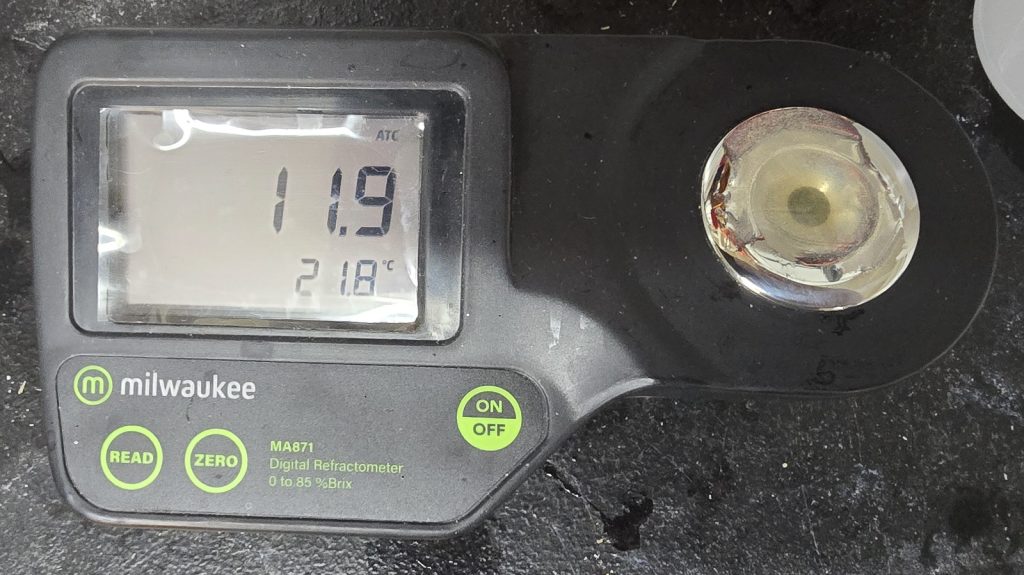
Next, I pitched a pouch of Imperial Yeast L13 Global into the warm wort. The time was 10:07 AM for a total brew day time of 2 hours 32 minutes.
The beer was left to ferment in my garage, which maintained a steady 62°F/17°C, for 5 days before I took a hydrometer measurement confirming FG had been reached.
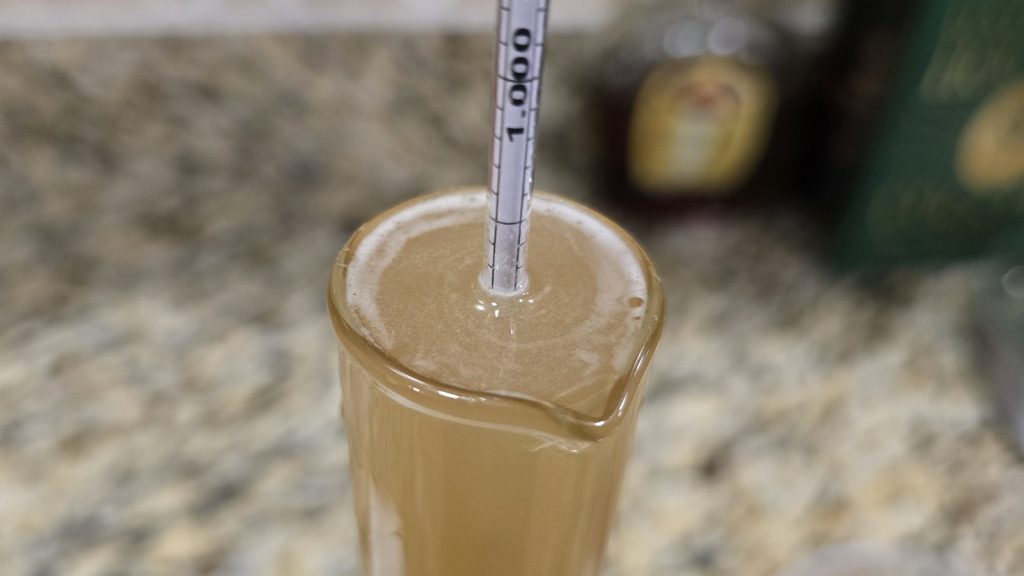
With fermentation complete, I cold-crashed the beer and fined with gelatin, letting it sit for 15 hours before pressure-transferring it to a CO2 purged keg. The filled keg was placed in my kegerator and burst carbonated overnight before the gas was reduced to serving pressure. After a couple weeks of conditioning, it was ready to serve to blind tasters.
| RESULTS |
A total of 20 people of various levels of experience participated in this Short & Shoddy evaluation. Participants were informed of the specific beer style and provided the BJCP description prior to completing the survey. Tasters were then instructed to rate how hoppy, malty, and dry they perceived the beer to be on a 0-5 scale where a rating of 0 indicated “not at all” and 5 indicated “extremely.”
Tasters were provided a list of common hop, malt, and yeast characteristics then instructed to select from each the one they perceived as being most prominent in the beer.
Hop Characteristics
Malt Characteristics
Yeast Characteristics
Next, participants were asked to indicate whether or not they detected any off-flavors in the beer; those who did were provided a list of common off-flavors and instructed to select the one they perceived as being strongest. In total, 2 tasters reported perceiving astringency while 1 taster each noted diacetyl and grassy notes.
Tasters were then asked to rate how well the beer represented the intended style, based on the provided BJCP description, on a 0-5 scale where 0 meant “not at all” and 5 meant “exactly.”
Finally, tasters were asked to rate how much they enjoyed the beer on a 0-5 scale where 0 indicated not at all and 5 indicated extremely.
My Impressions: I felt this Pre-Prohibition Lager had a nice grainy flavor with minimal corn flavor and a slightly stronger floral hop note than I expected, though it still seemed to fit the style. Overall, this was an easy-drinking, refreshing, and delicious lager!
| CONCLUSION |
Inspired by the beers German immigrants to the United States were used to drinking in their homeland, Pre-Prohibition Lager was distinct in that it relied heavily on ingredients that were readily available at the time, namely 6-row barley malt and corn. While Prohibition seems to have relegated this historical style to the history books, it has gained some recent recognition thanks to the BJCP and a handful of craft breweries who have started producing their own versions of this refreshing pale lager.
Given the conditions under which Pre-Prohibition Lager was originally brewed, it has a somewhat wide range of characteristics, though seeing as it is technically a lager, there are certain brewing methods expected to be employed when making it. Despite being made with domestic 2-row barley malt and malted blue corn, abbreviated mash and boil, and a warmer-than-recommended fermentation, tasters of this Short & Shoddy version not only overwhelmingly rated it as being a good representation of the style, but seemed to enjoy drinking it as well. Moreover, the vast majority of tasters failed to identify any off-flavors in this beer, with just three claiming to have perceived astringent, diacetyl, and grassy notes.
Overall, I would say this Short & Shoddy Pre-Prohibition Lager was quite the success, leading to a refreshingly quaffable beer that was crisp, clean, and free of any characteristics often associated with the corner-cutting methods I used to make it. While I’ve learned to expect slightly lower efficiency when brewing Short & Shoddy batches, I do feel malted corn has lower conversion than flaked maize or grits, so using either of those would likely lead to even more extraction. Still, I was very happy with how this beer turned out, especially considering it took less than 3 hours to brew.
If you have thoughts about this Short & Shoddy brew, please feel free to share it in the comments section below!
Support Brülosophy In Style!
All designs are available in various colors and sizes on Amazon!
Follow Brülosophy on:
FACEBOOK | TWITTER | INSTAGRAM
If you enjoy this stuff and feel compelled to support Brulosophy.com, please check out the Support page for details on how you can very easily do so. Thanks!


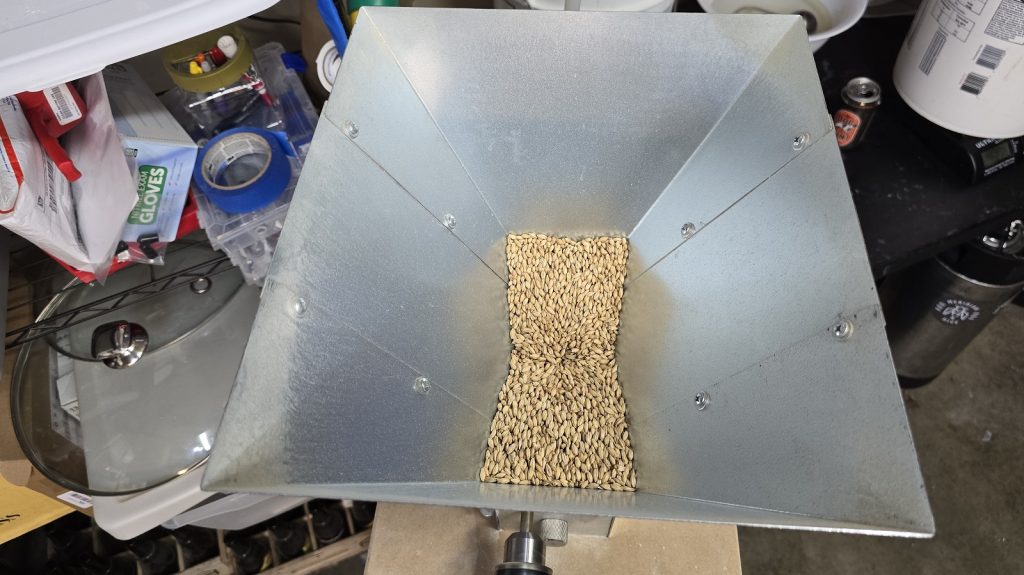
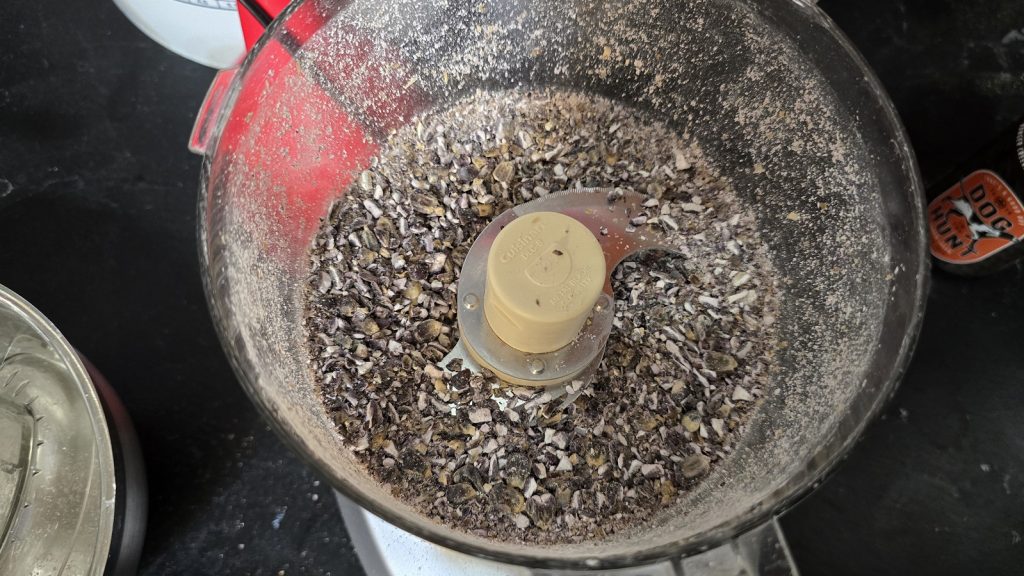
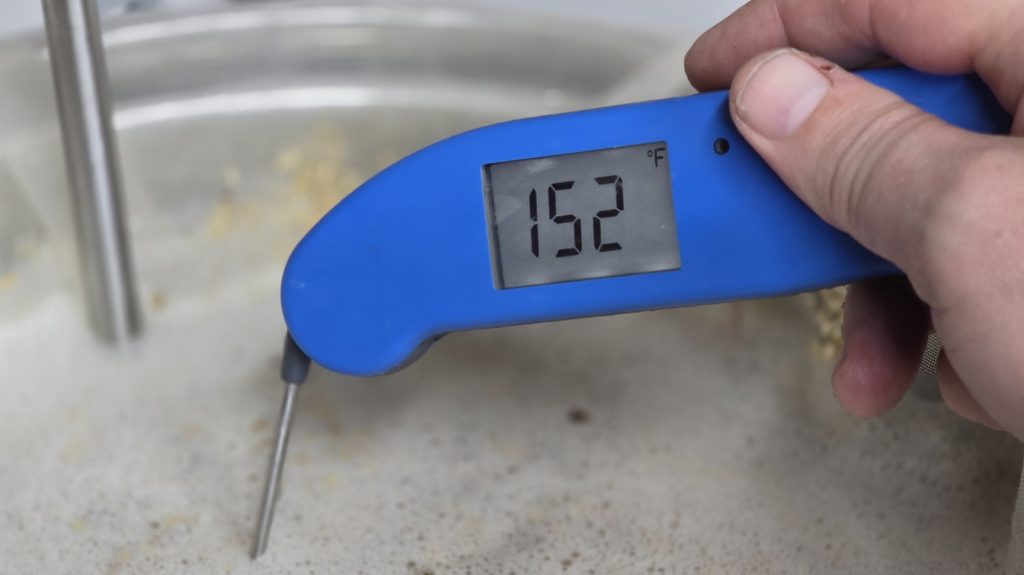
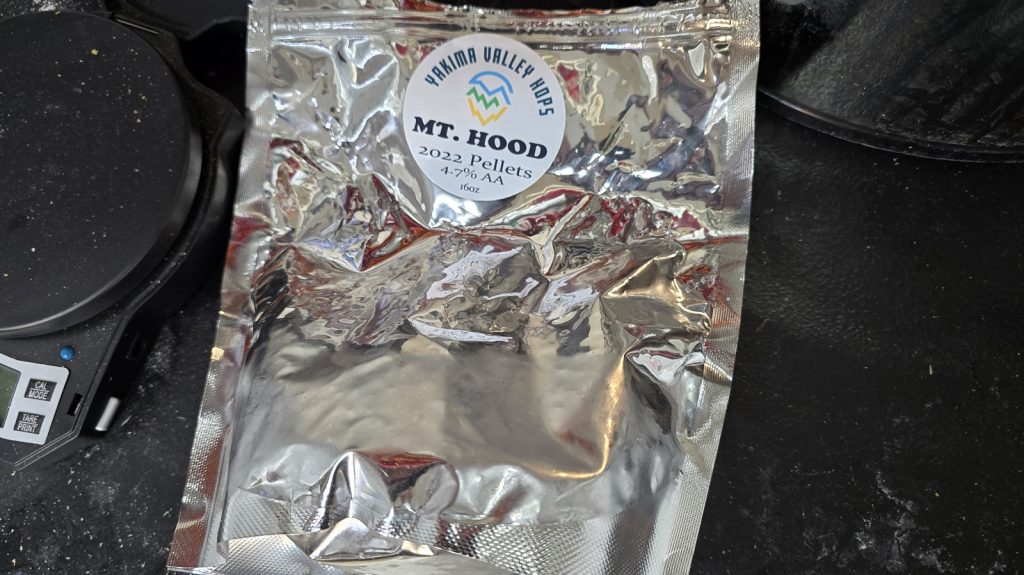
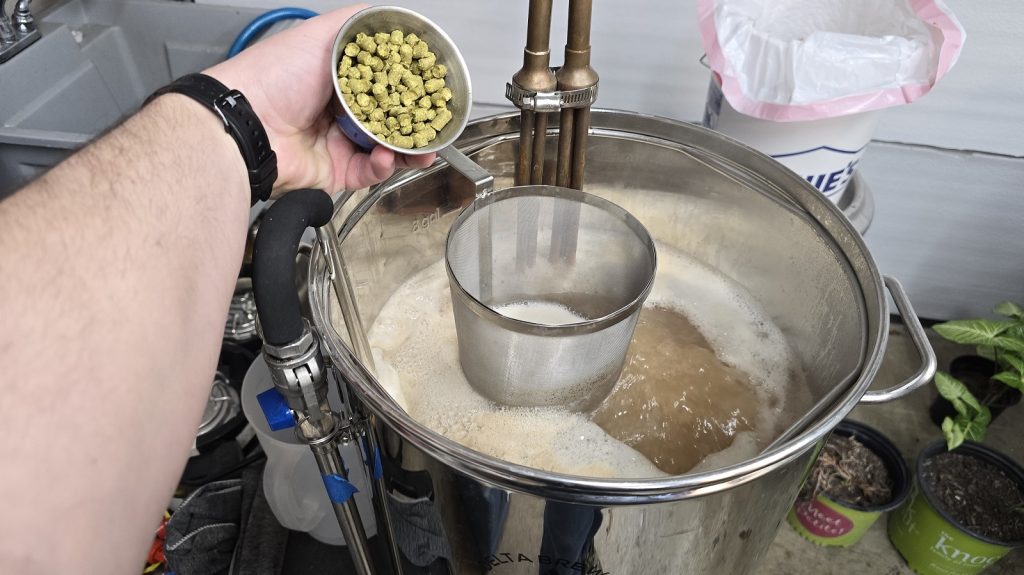
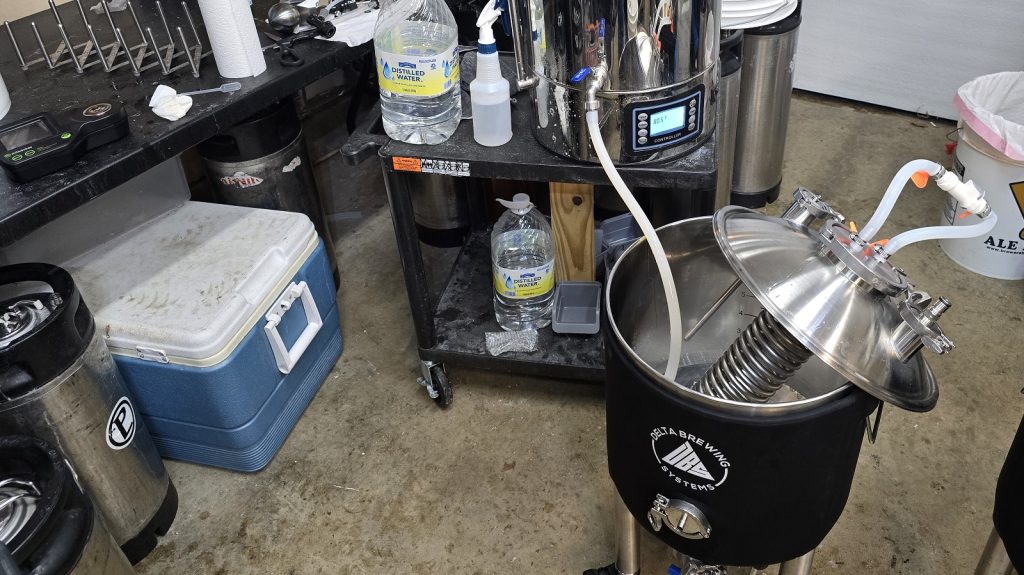
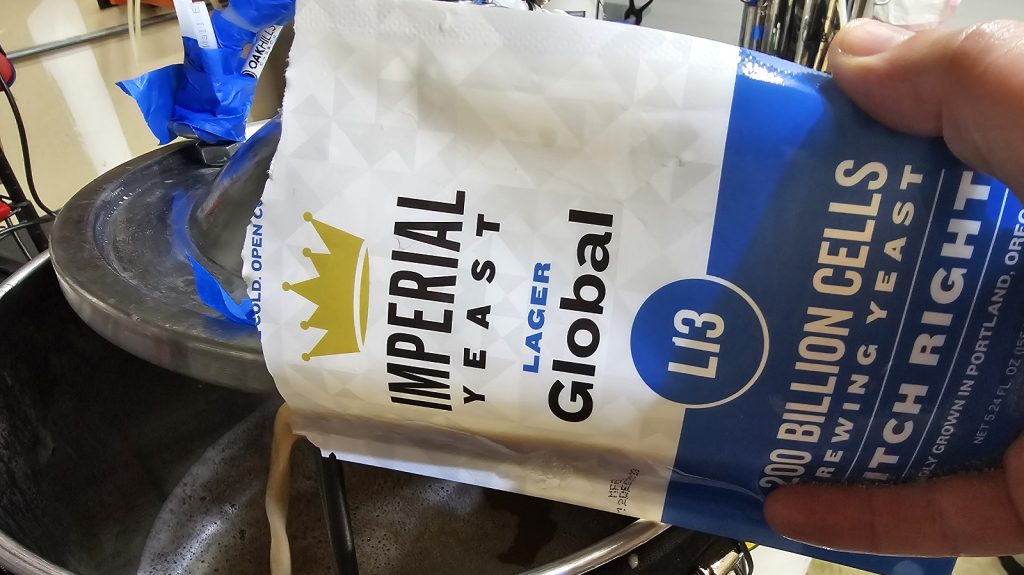

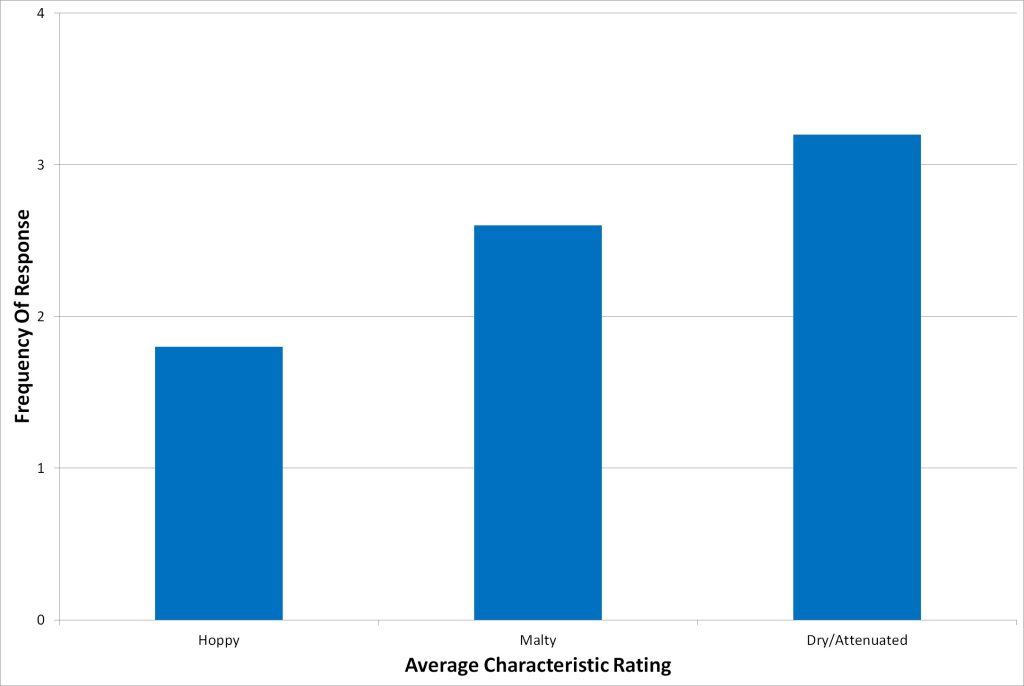
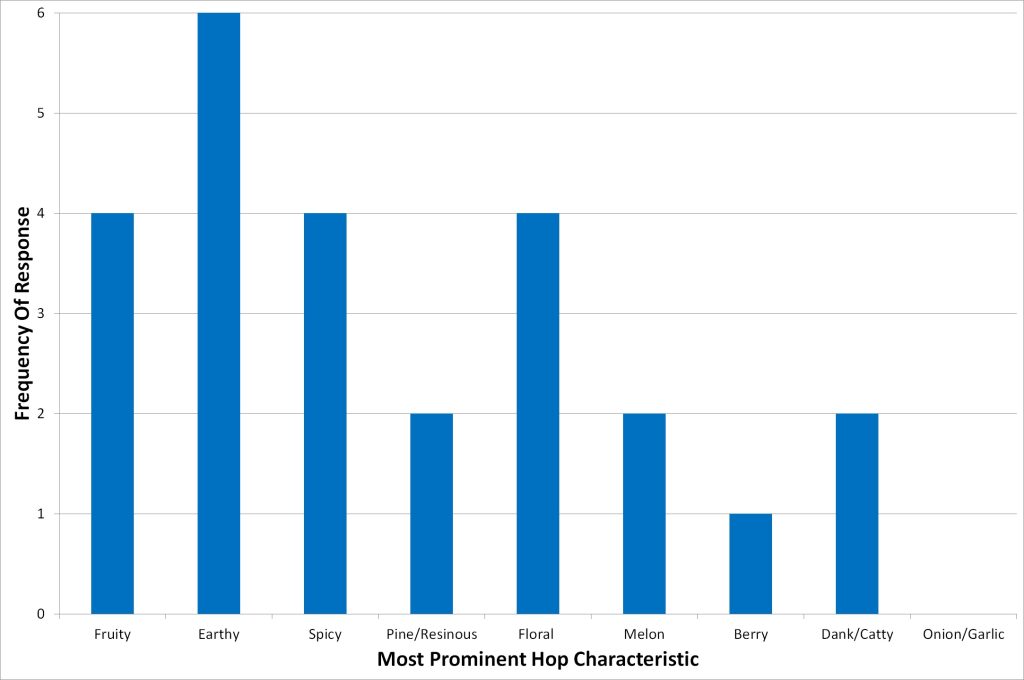

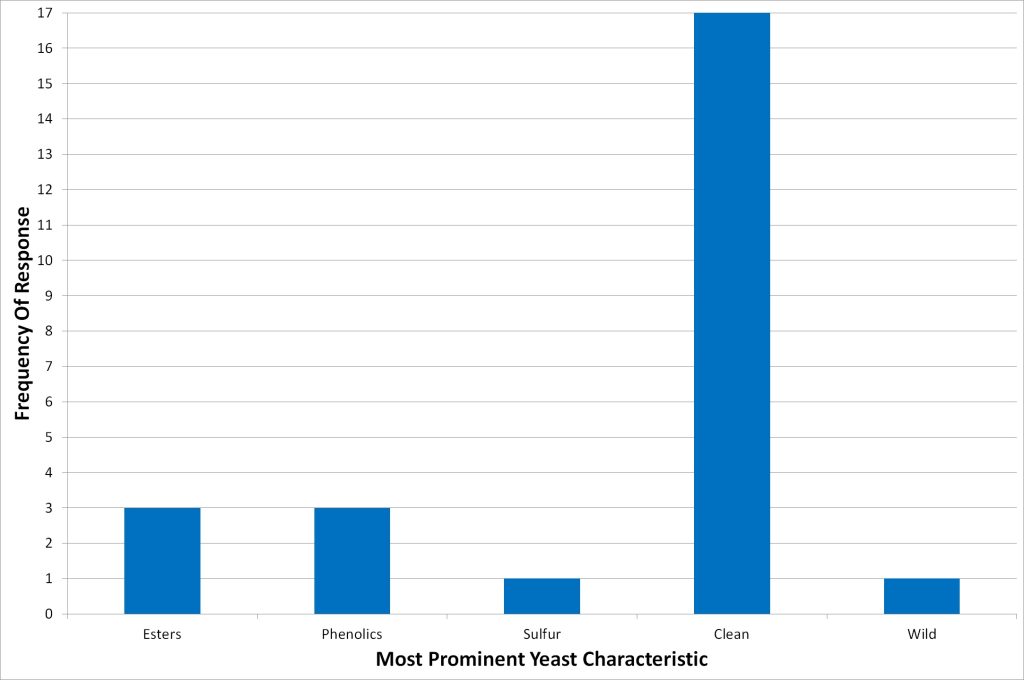
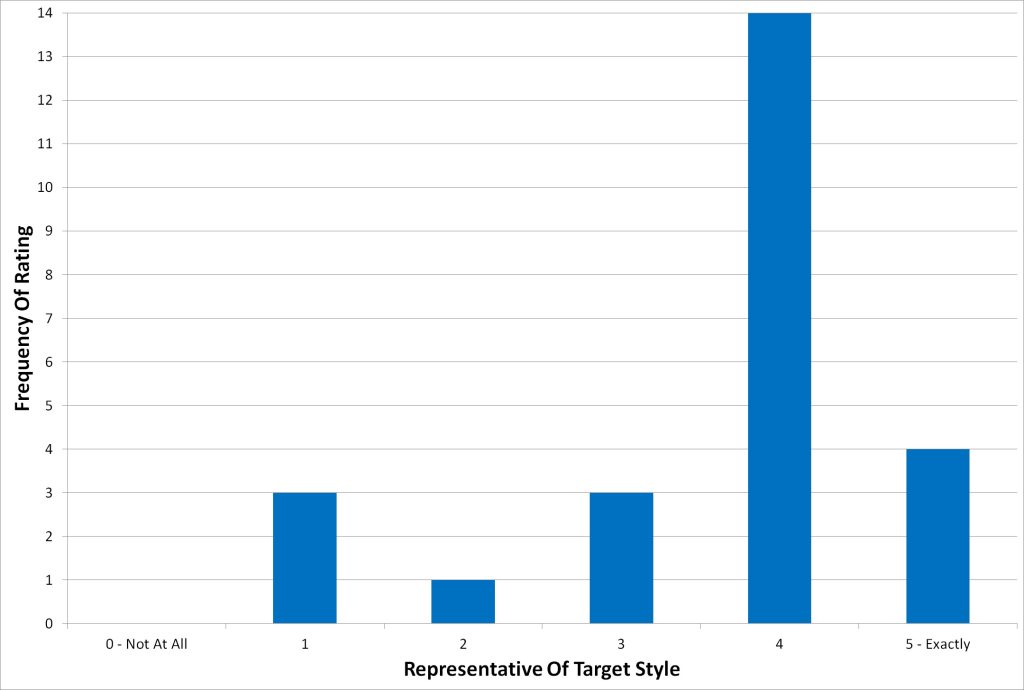
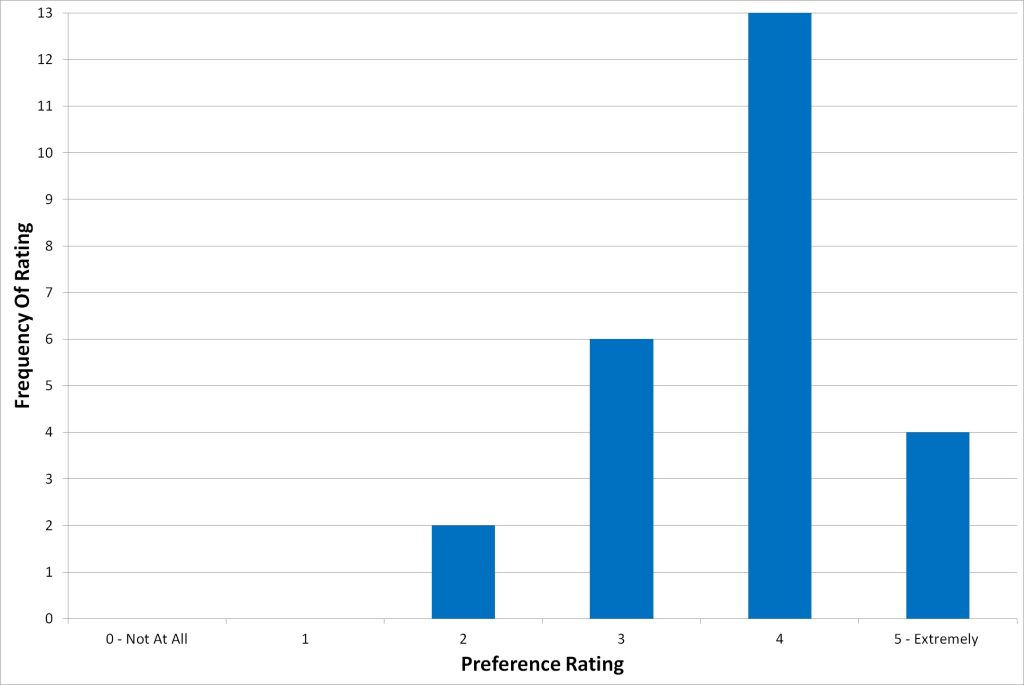











3 thoughts on “Short & Shoddy | Pre-Prohibition Lager”
Well done! I am curious if the recipe is from Live Oak.
I honestly have no idea what Live Oaks recipe is, but in my opinion, I like their version better (but that could be bias). If you do come across their recipe, please let me know. It would be well worth trying out.
Looks very tasty! After several years of considering it, I am finally going to try a short and shoddy brew this weekend, with an American Brown.